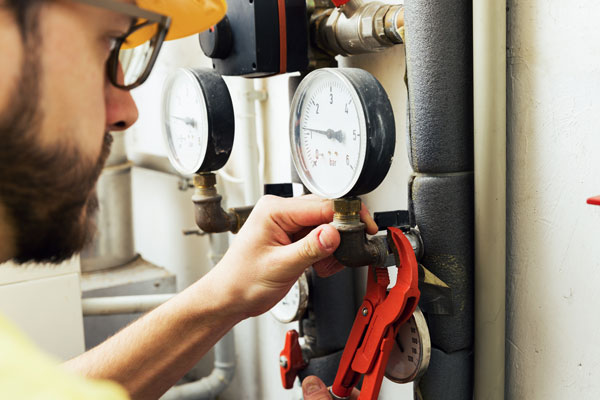I often joke that engineers are the laziest people in the world because they always want to find an easier way to do something. “Working smarter and not harder” is an ideal we all chase and it’s that pursuit that makes us more productive and efficient. It’s easy to think about improving processes when we want to reduce work and increase efficiency but what about the tools we use? Whether it is a powered machine or a hand tool, we use tools to make work easier, get more done, and create a safer environment.
As I think about our business at Midsouth Casters & Equipment, we solve work challenges every day. When we sell a caster, a cart a hand truck or another piece of equipment, we directly impact the ease with which someone gets a task accomplished. The tools we use are critical to our success. It’s important to keep our equipment in top operational condition. There are three key things we can do to keep a productive and safe environment:
Inspect our equipment with fresh eyes.
Familiarity is an enemy of objectivity. It’s easy to use something and not notice the subtle changes that occur. If you don’t actively override your larger senses it’s assumed that everything is ok because the changes aren’t as obvious. We can miss the minute warning signs of trouble.
Always take the time to inspect the equipment. Even though a piece of equipment is used every day, we rarely evaluate its condition. It’s easy to become accustomed to seeing a tire lose air or miss a loose bolt. It’s difficult to recognize the wear and tear that’s occurred until the equipment is repaired. Then the difference becomes obvious. Keep the equipment tuned-up, aired-up and tightened-up. You will save money, get more life out of your equipment and could possibly save a few physical aches and pains along the way.
Make sure you have the right tool for the right work.
Whether we are selecting a tool from a cabinet or we are shopping for a new tool, it’s important that we pick the right tool. Don’t use a furniture dolly when a platform truck with a handle would be a better choice. Consequently don’t buy something that could technically be stretched to cover multiple jobs when two distinct pieces of equipment would be a better choice.
If you’re not sure what you need or want more choices, consult an expert. You might still make the same decision but you will definitely have better information. Understand your requirements. Whether you’re designing your own tool or buying one off the shelf, it’s important to know what you’re trying to accomplish. Buying more tool that you need doesn’t really make the work easier it just makes it more expensive.
Finally, stay within the load specification of the equipment.
Each piece of equipment is most effective within a specified load range. We repair equipment everyday where the limits have been stretched beyond the specs of the equipment. It’s not uncommon for drivers to over load equipment to make less trips, in order to save time. It doesn’t fail immediately and usually not suddenly but that extra weight or movement does take its toll and reduces the potential life of the equipment.
Don’t over power the equipment, let it work the way it was designed to work for you. Wear the appropriate safety equipment. Accidents can happen without warning and it’s usually preventable with just some simple common sense. Don’t play the odds that it’s not going to happen to you this time. Hey, we’re human. If we know that we are prone to overlook things the first time, make a second more detailed inspection every once in a while. Make sure you’re using the right tool for the right job. Don’t over load it and ask it to do more than what it was designed to do. Following these three easy guidelines will help us stay less stressed, more productive and efficient, and safer.

